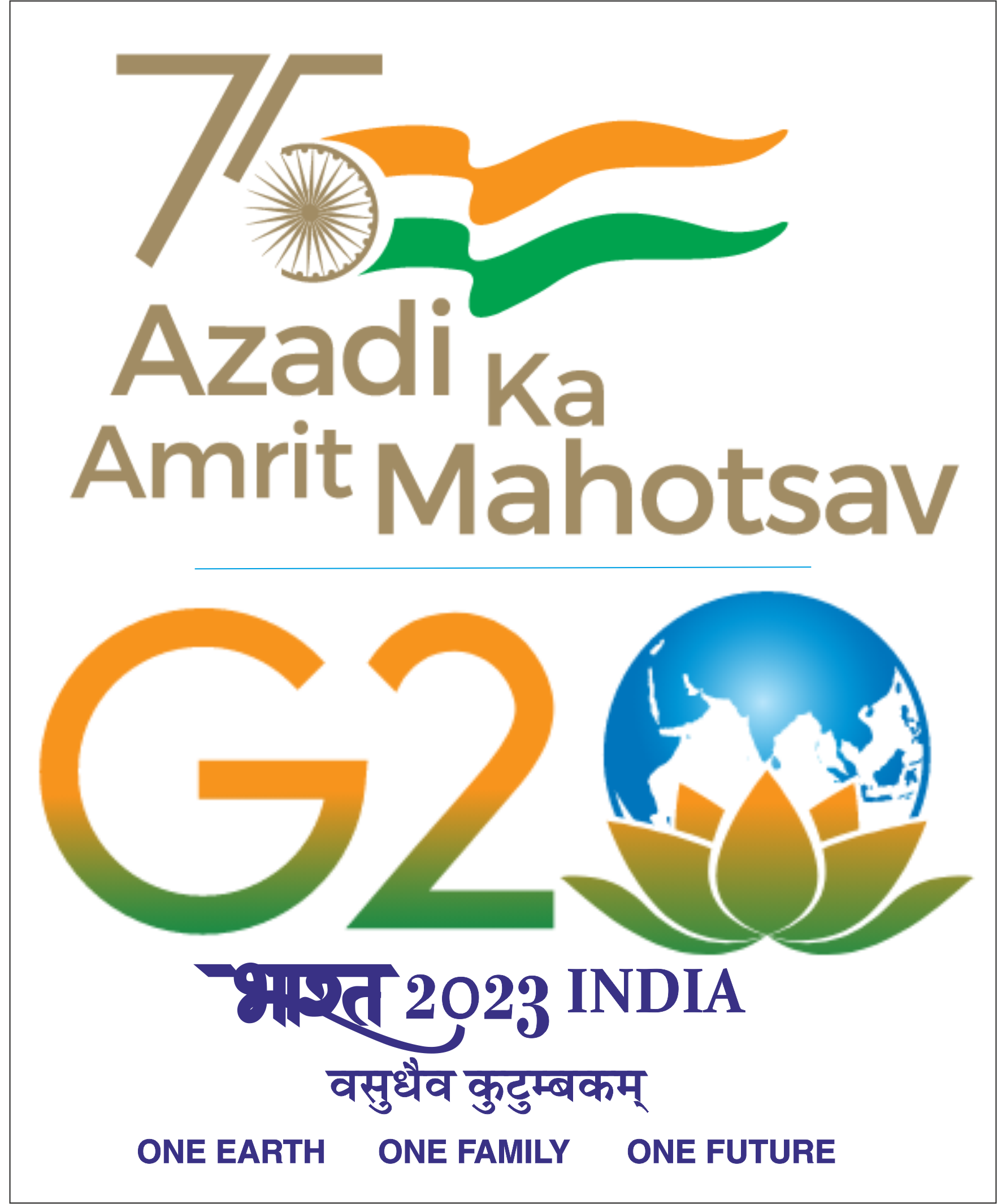Ms. Meeta Gupta will present her APS as per the detail below:
Date: 27th February 2024, Tuesday
Time: 9:30 – 10:30 AM IST
Venue: https://monash.zoom.us/j/87542869155?pwd=YXVyTFZUWEM5YmI0NEFWRWtNRHhlZz09
Guide: Prof. Pennan Chinnasamy (IITB) and Dr. Tim Peterson (Monash University)
RPC Members: Prof. Bellie Sivakumar (IITB) and Prof. Ian Cartwright (Monash University)
Abstract:
Groundwater response to multiple drivers, natural or human-induced, is often pivotal for sustainable groundwater management. While many studies have addressed the current groundwater availability and depletion, drivers of groundwater depletion have often been studied from either a natural (impacts of climate variation or climate change on groundwater) or anthropogenic (impacts of pumping or land use change on groundwater) perspective. The limited research arises due to the diverse impacts of multiple drivers, limited data availability, and complexity of surface-to-subsurface processes. Thus, detecting changes in groundwater and attributing the changes to the drivers remains challenging. We address this challenge by adopting a time-series approach to attribute changes in groundwater head to the drivers (climate variability and pumping) and a numerical modelling approach to quantify their contribution across the North Gujarat region in Western India. For the time series modelling approach, HydroSight, a transfer function noise model, is applied to examine the likely impacts of climate variability on the groundwater by using the groundwater head and climate data only. Out of the total 493 groundwater wells in the region, 92 were selected for evaluation, and four different model configurations were built for each groundwater well. Thus, 368 models were built, and each model was calibrated using the Covariance Matrix Adaptation Evolution Strategy (CMA-ES) global calibration scheme. The simulated groundwater hydrographs obtained for each groundwater well under each model type were examined for good fit and to understand the overall trend and behaviour. The performance of the models was evaluated through the Coefficient of Efficiency (CoE), also known as the Nash-Sutcliffe efficiency coefficient. A threshold was defined (CoE≥0.60), which helped identify groundwater well sites primarily influenced by climate. The internal dynamics for each model configuration were further examined to achieve plausible recharge estimates. Based on the results, the best-suited model configuration was used to test the prediction capability for future groundwater heads and attribute them for their impacts to climate variation. Here, the split-sampling approach was applied, and each groundwater well was examined for three different evaluation periods, i.e., 2, 4, and 8 years. Along with CoE, three new measures were added to evaluate the performance of the models for the three evaluation periods, keeping the threshold the same (CoE≥0.60) for both the calibration and evaluation periods. The influence of climate and pumping were interpreted through scatter plots and a quadrant approach. The findings from the model contribute to understanding the long-term impact of climate variability on groundwater and thus provide valuable insights into sustainable groundwater management.





